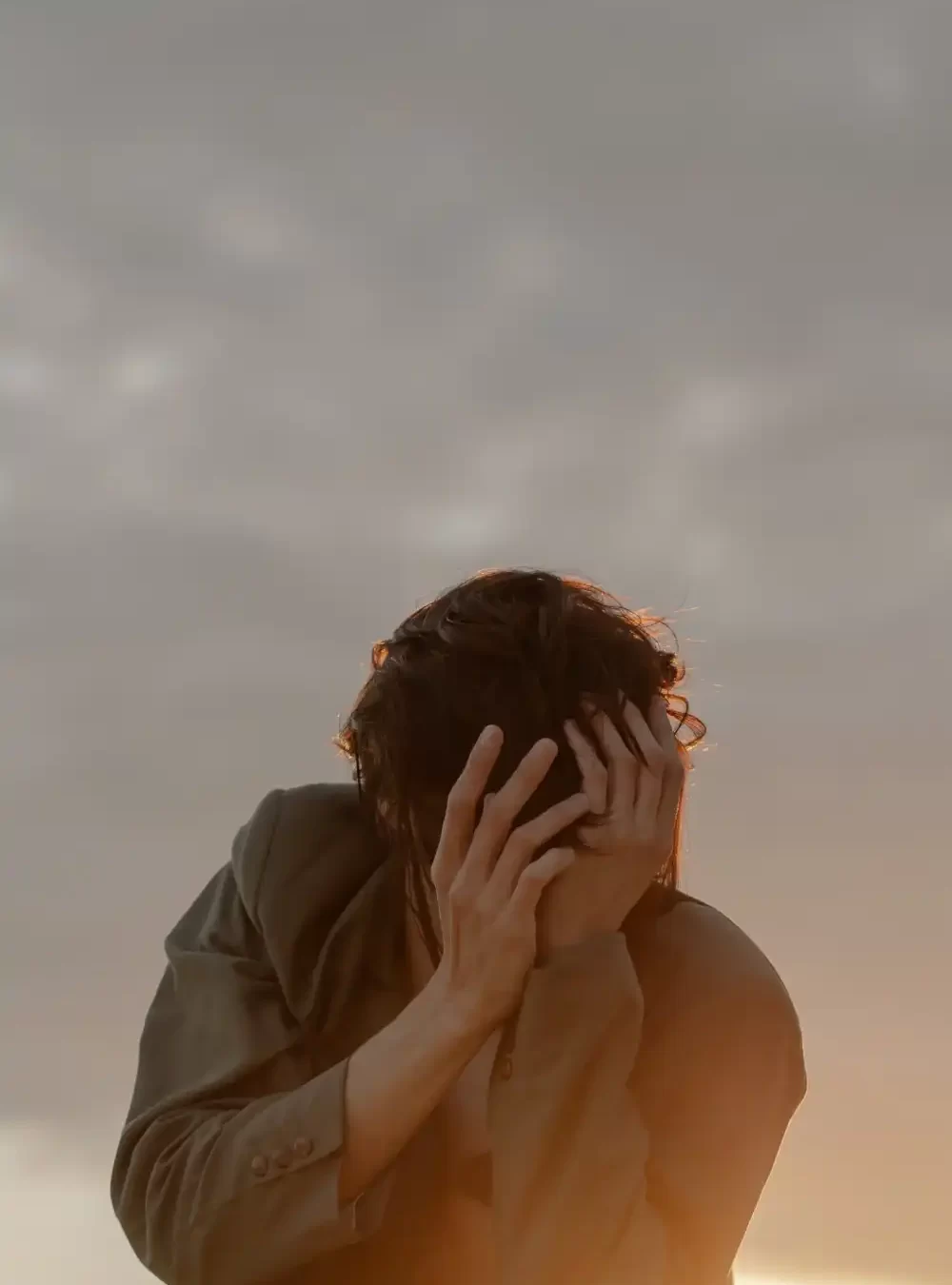How to Learn From Past Mistakes so You Don’t Repeat Them in New Relationships

There’s an old saying about how those who don’t learn from their history are doomed to repeat it. The same can be said of our relationships. We often play out old patterns and stories with new partners without even realizing it. Like a hamster on a wheel, we keep sprinting without making any progress, with no clear sense of how to get off the path we’re stuck on. We’re trapped by the partners we pick, the situations we put ourselves in, and the defense mechanisms we’ve learned to rely on.
In today’s article, we’ll explore how you can start learning from your past mistakes to avoid repeating them in the future.
Analyze Your Past Objectively
After a bad breakup, it can be tempting to retreat into black-and-white thinking when looking at what went wrong. Often, the truth is more complex. In real life, there are rarely heroes and villains in any story. Therefore, taking a step back and looking at things objectively is important.
Ask yourself the following questions:
- Are there patterns in my relationships that are repeating?
- If so, how am I helping to create them?
- Were there red flags & warning signs I ignored in the relationship?
- Which parts of the relationship made me happiest? Which made me sad?
- Are there any behaviors or actions I’m ashamed of?
- How did my boundaries & expectations change throughout the relationship?

Remember, while it may be tempting, the goal of this exercise is not to lay blame but to learn to recognize patterns and behaviors that recur throughout your relationships.
Set Boundaries & Expectations
Before entering a new relationship, reflect on your old relationships and lay out your boundaries and expectations. Are there ways you compromised in the past that left you dissatisfied or unhappy? What expectations do you have for a partner?
With your past in mind, create a set of structured expectations and needs for future relationships. If you can understand and advocate your own needs, you can communicate them clearly to any future partners.

Understand Your Attachment Type
In order to understand how and why people behave the way they do in relationships, it can be helpful to learn about the types of attachment styles that people frequently fall under. We develop our understanding of the world around us as children. Our fears, desires, and emotional scar tissue stay with us. When we learn that relationships can hurt, we learn to be careful around them. Those self-defense mechanisms that helped us survive as children keep us locked into harmful patterns as adults.
There are four attachment types you should be aware of:
Anxious
Worry warriors who fear abandonment and betrayal. These sensitive souls have a hard time feeling safe in their relationships, which leads to a need for constant reassurance.
Avoidant
People with an avoidant attachment style are independent and aloof. The closer they get to someone, the more inclined they are to pull away. Emotional intimacy is seen as dangerous. Consciously or unconsciously, they may expect heartache, abuse, or betrayal. As a result, they guard their independence and emotional detachment fiercely.
Disorganized
These individuals crave emotional closeness while fearing it. They exhibit a push-pull behavior that can be confusing and destructive—both for themselves and their partners. Still, the root cause is the same: relationships are regarded as emotionally dangerous.
Secure
Individuals with a secure attachment style are comfortable being with others or being on their own. They tend to be good at setting boundaries, maintaining an independent sense of self, and are able to care for both themselves and their partners.
It is important to note that anxious, avoidant or disorganized attachment styles are not bad and they are not illnesses. They are just patterns we learned from our early relationships with caregivers that indicate different needs we have in a relationship. A better understanding of your own and your partner’s attachment styles can help you understand the patterns and each other’s needs in the relationship. More secure attachment can develop over time.
EMDR Counseling
Understanding yourself is key to changing how you engage with others and breaking free from patterns that have defined your life. Reach out today if you’re ready to start down a new path.




